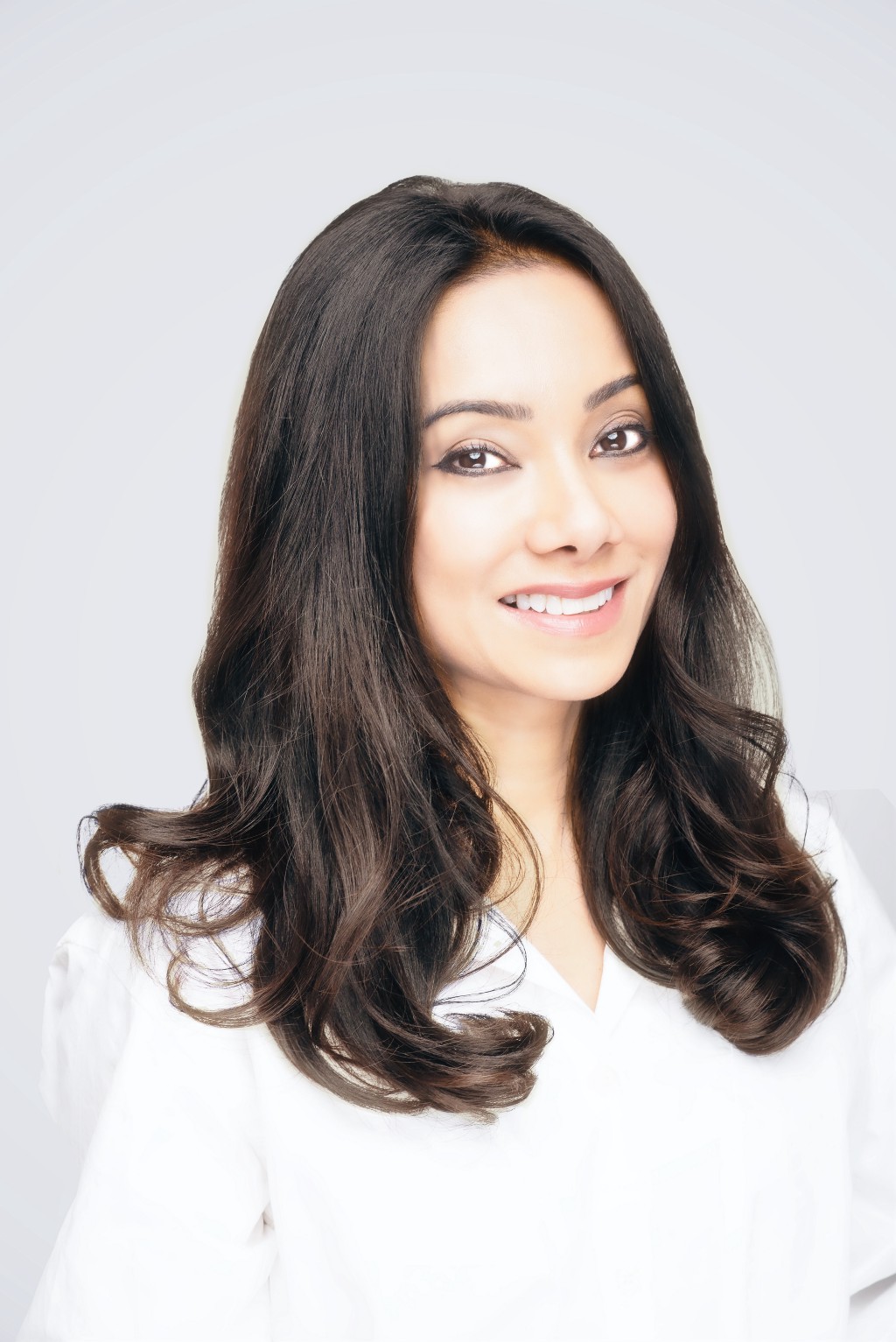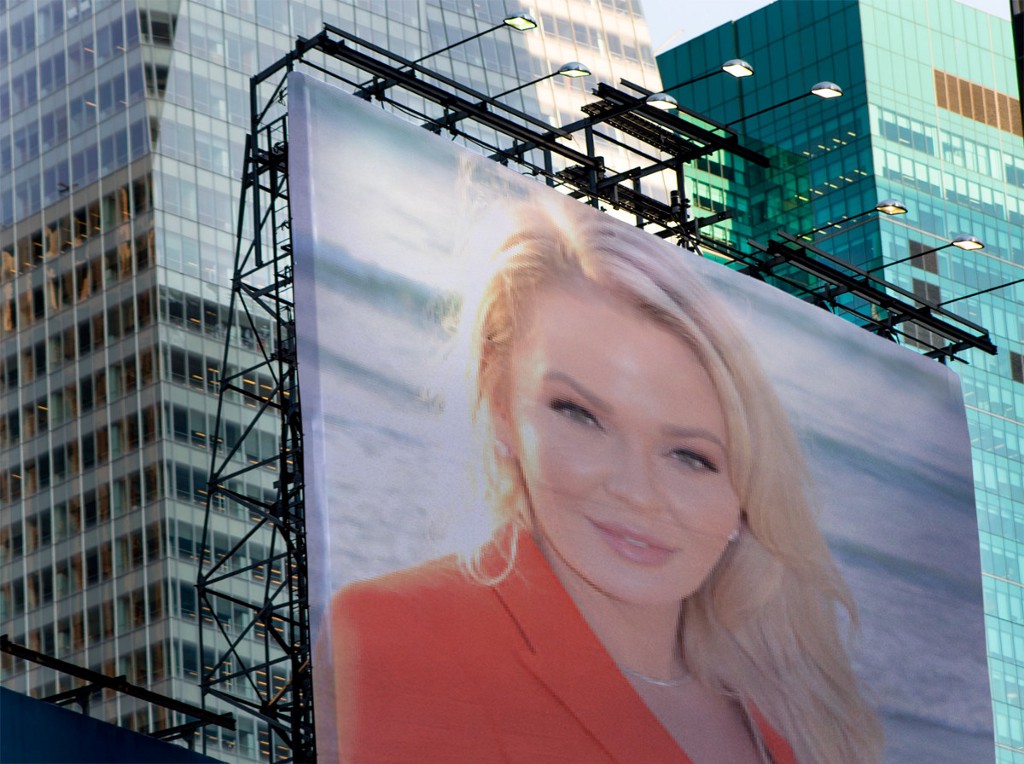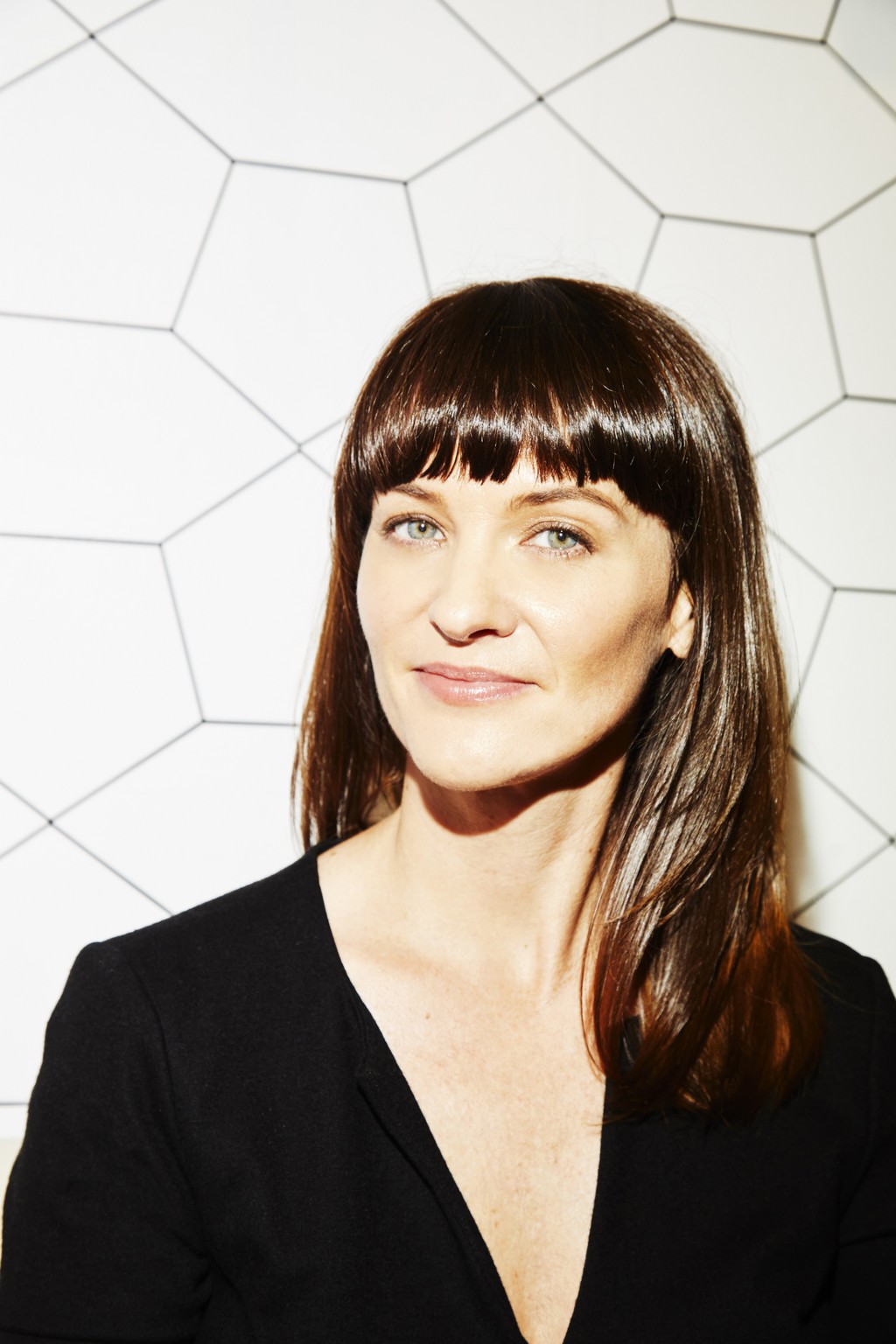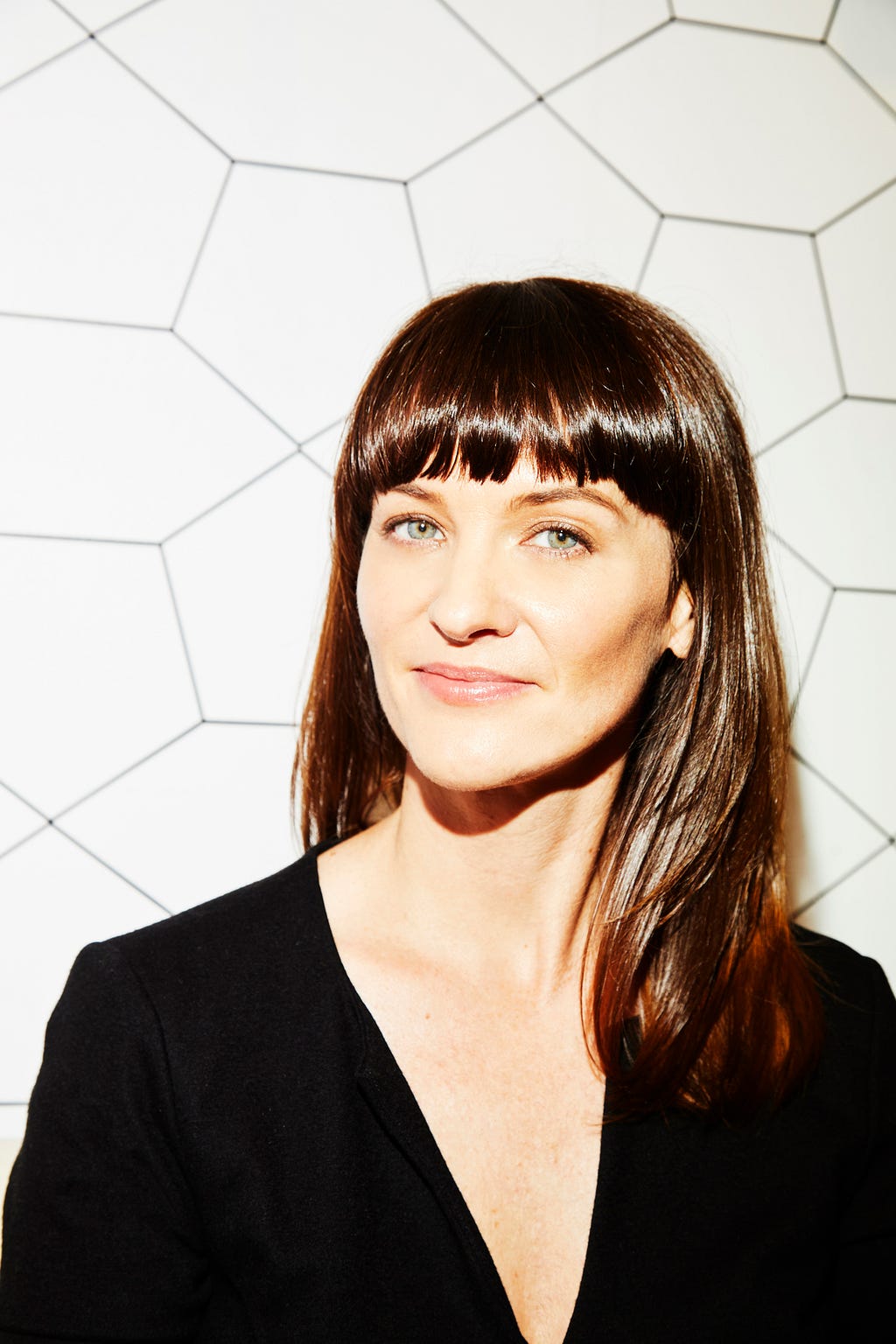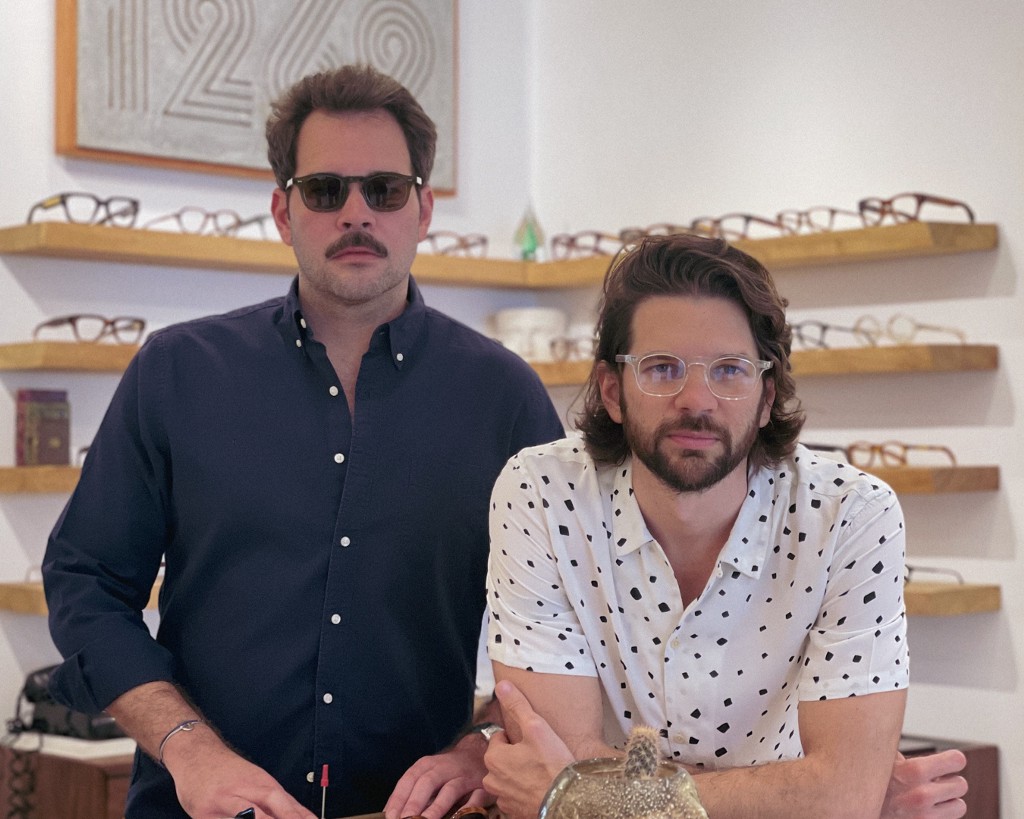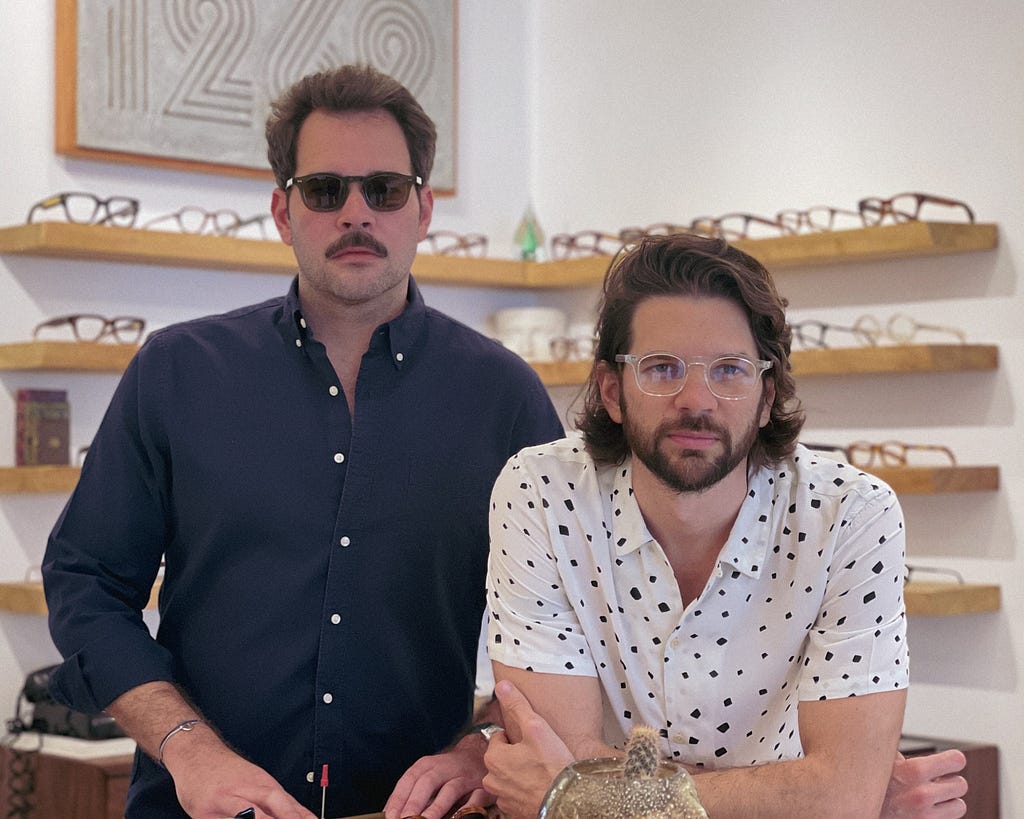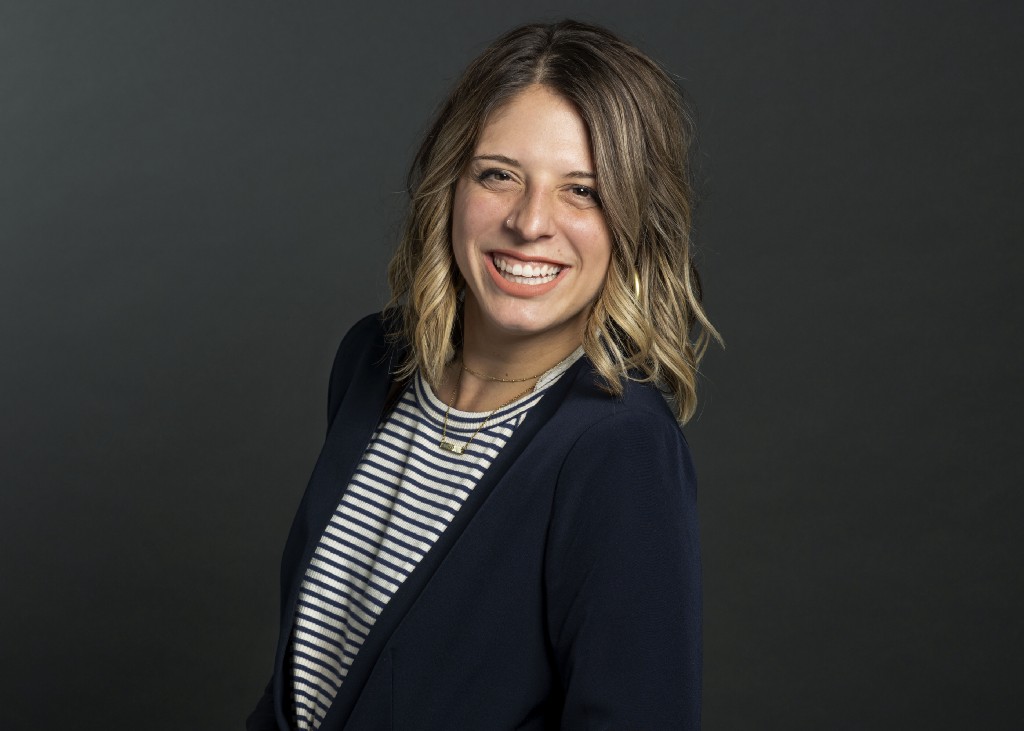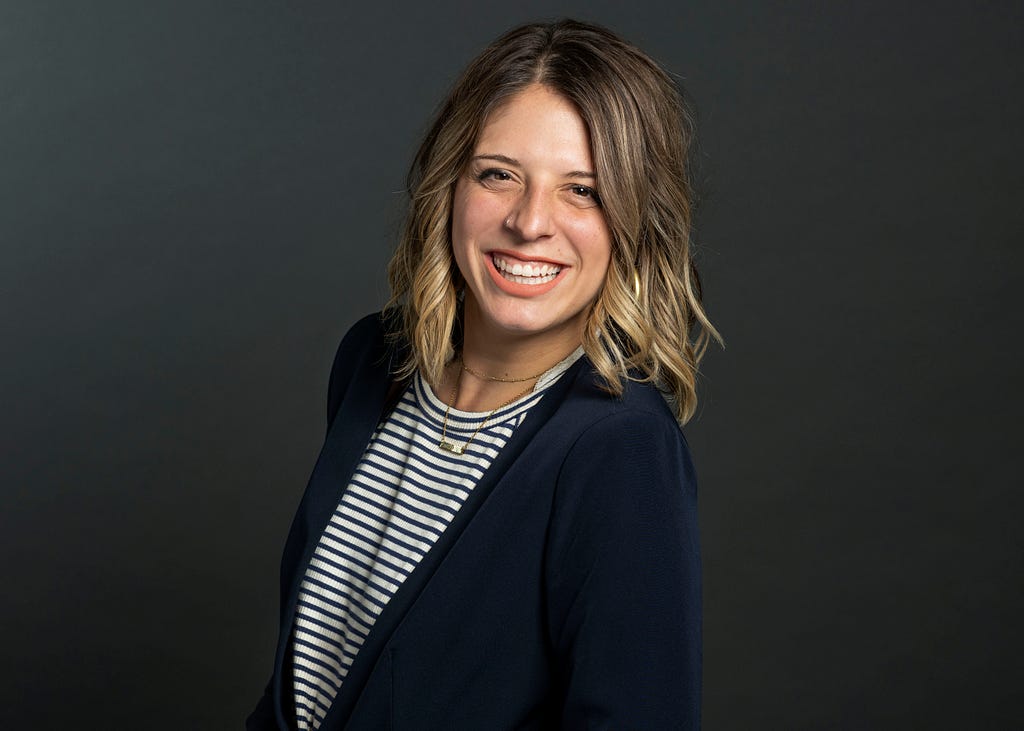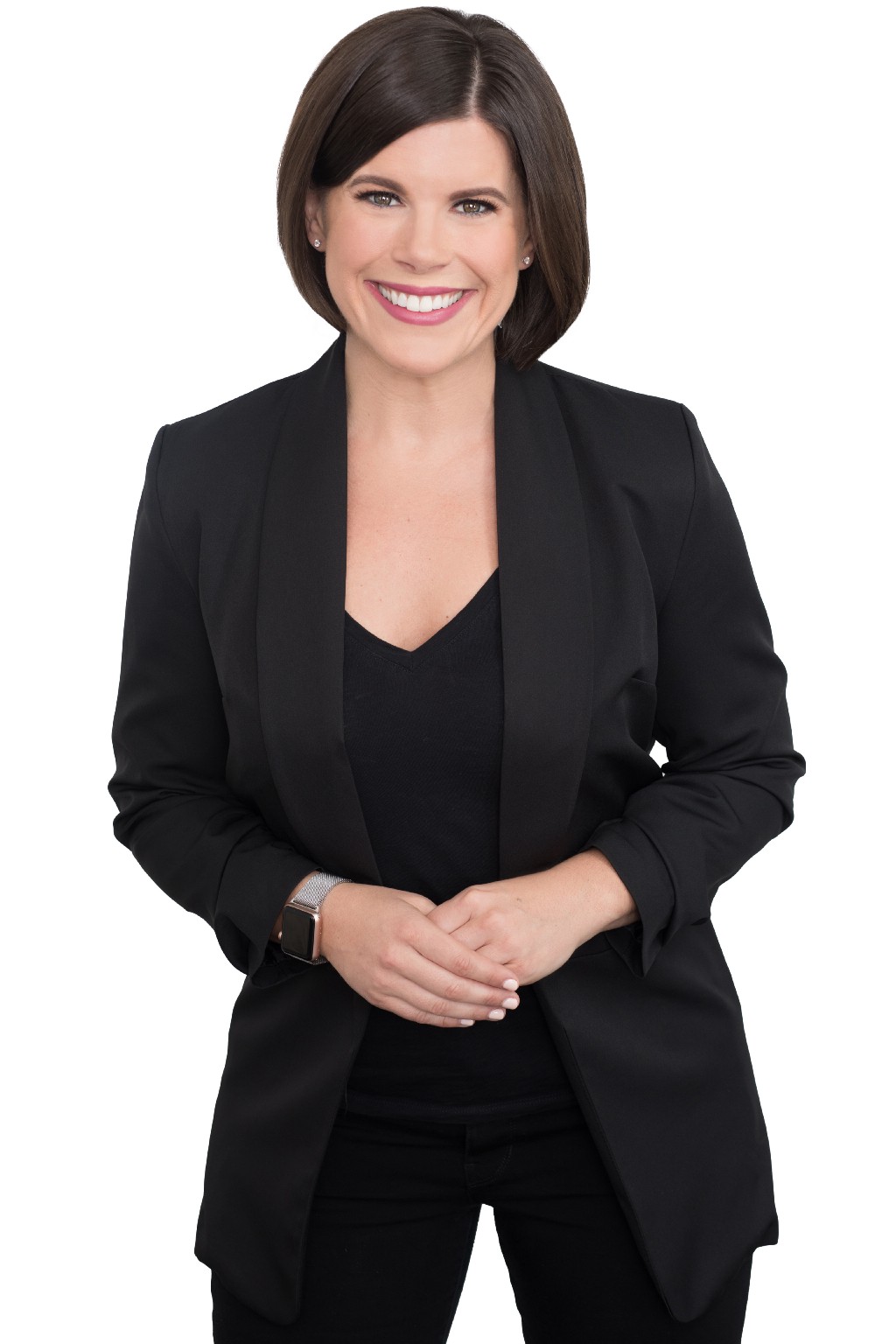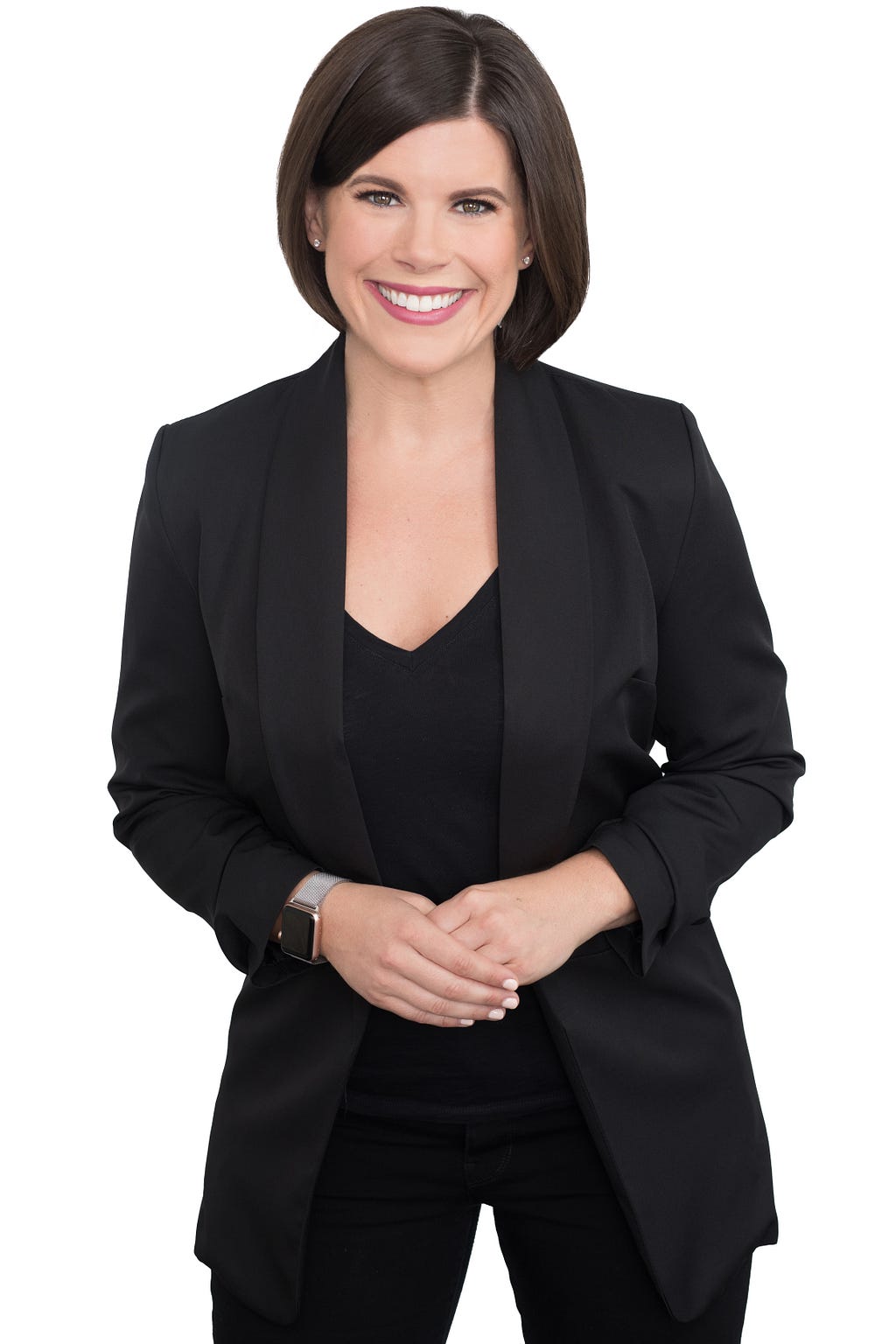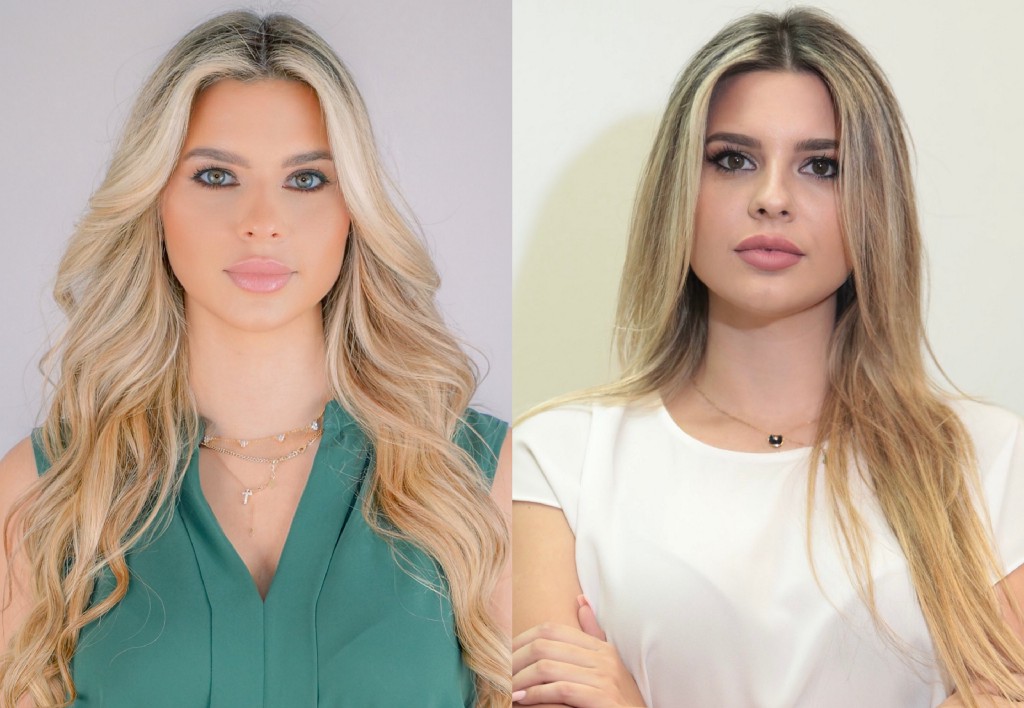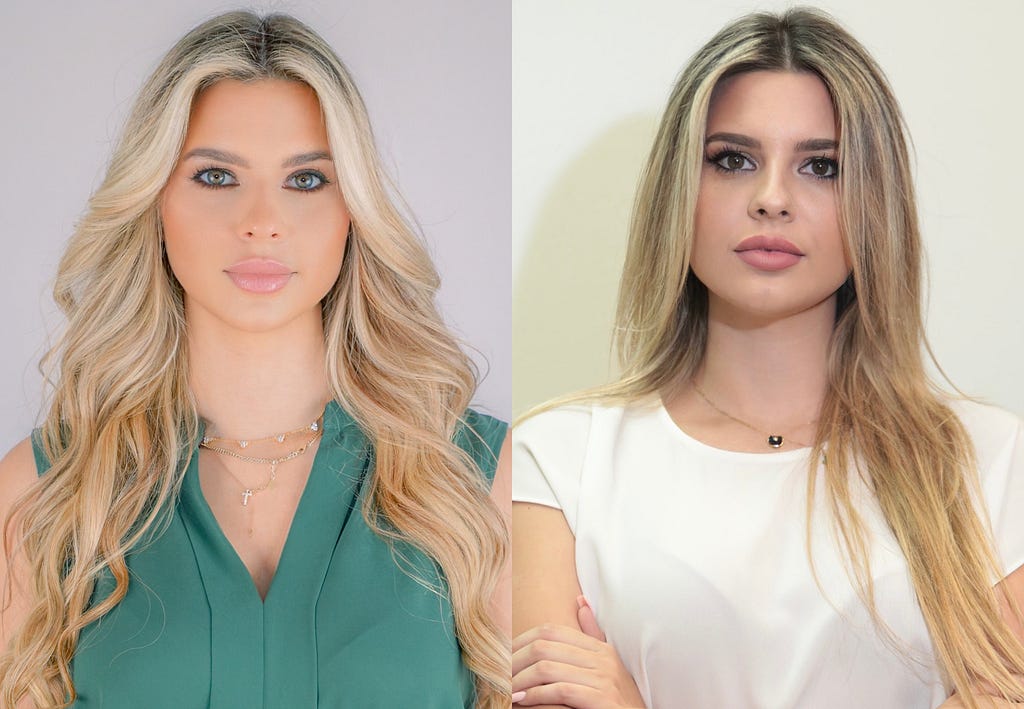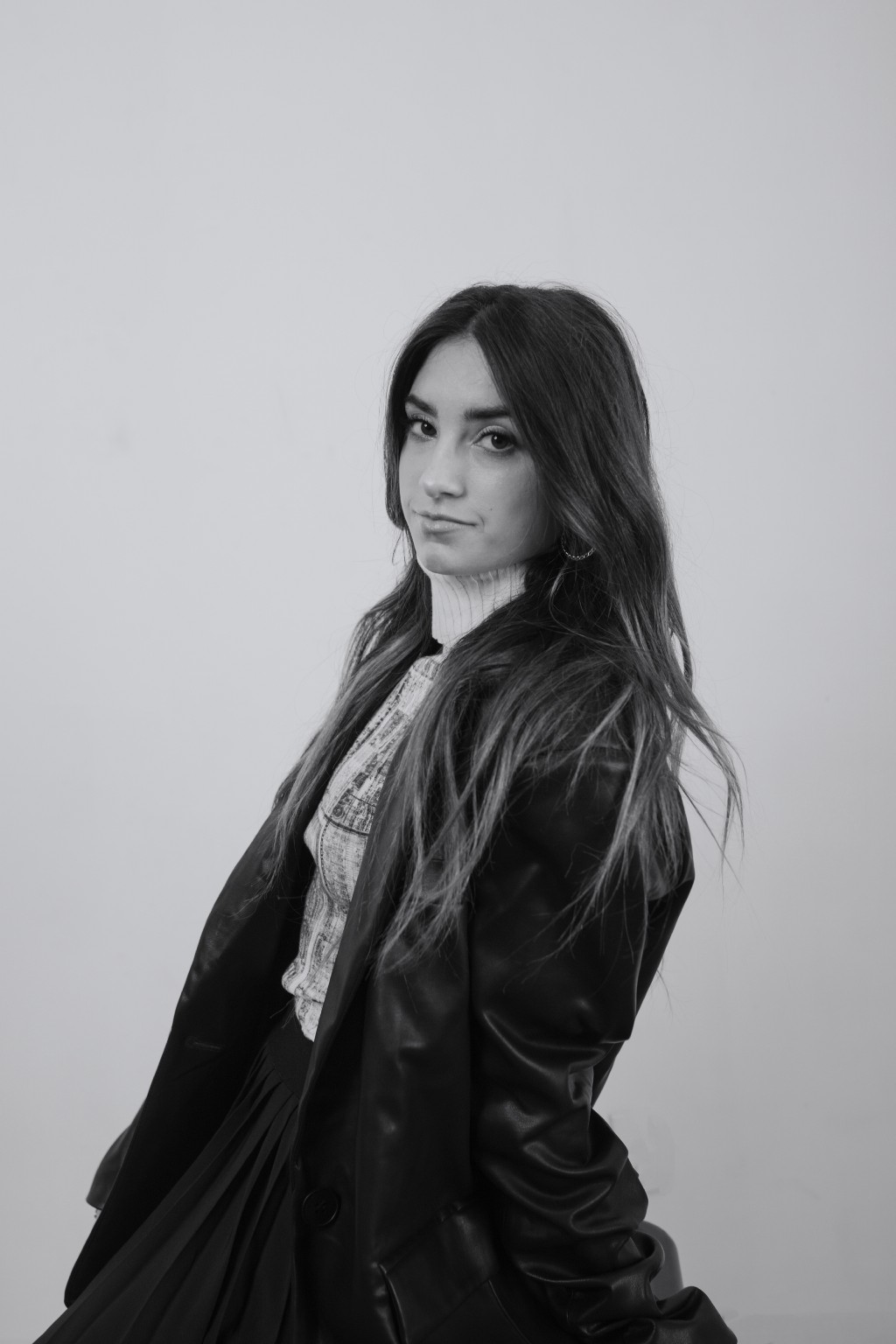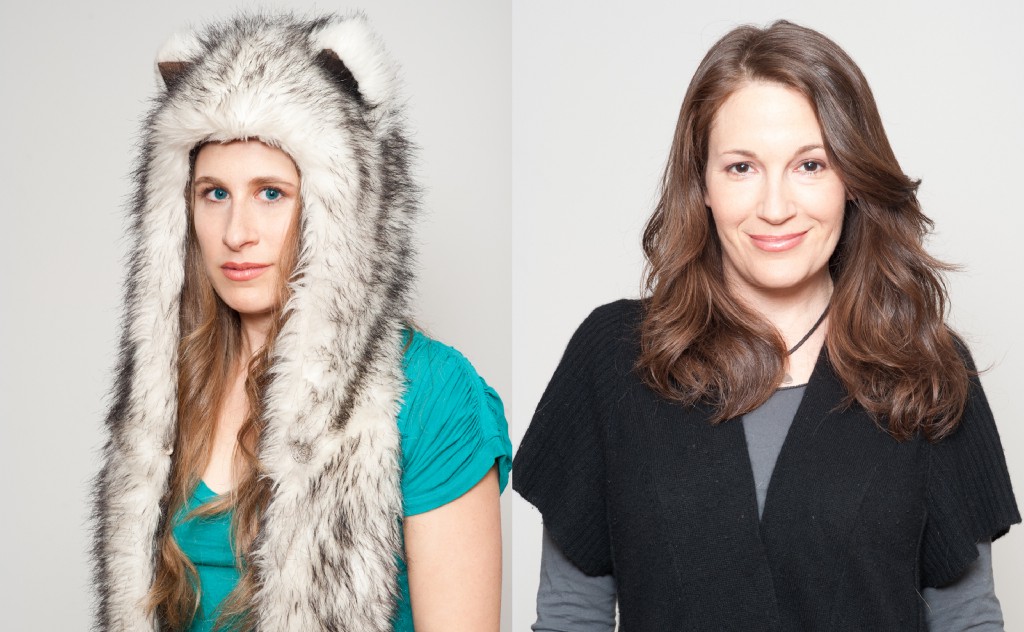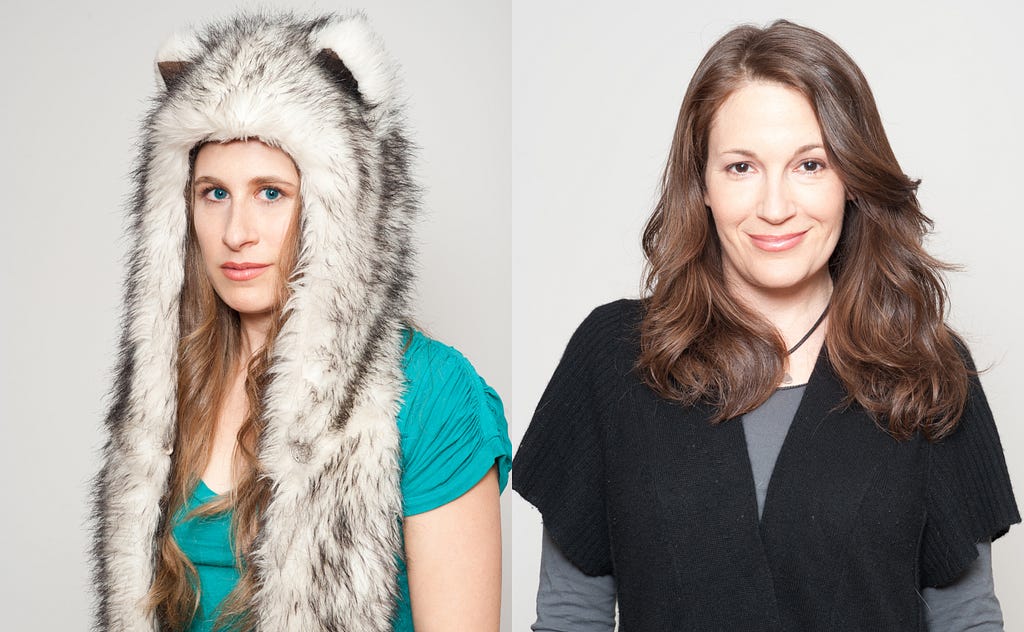Women In Wellness: Amrita Sen of RoundGlass Living On The Five Lifestyle Tweaks That Will Help Support People’s Journey Towards Better Wellbeing
An Interview With Candice Georgiadis
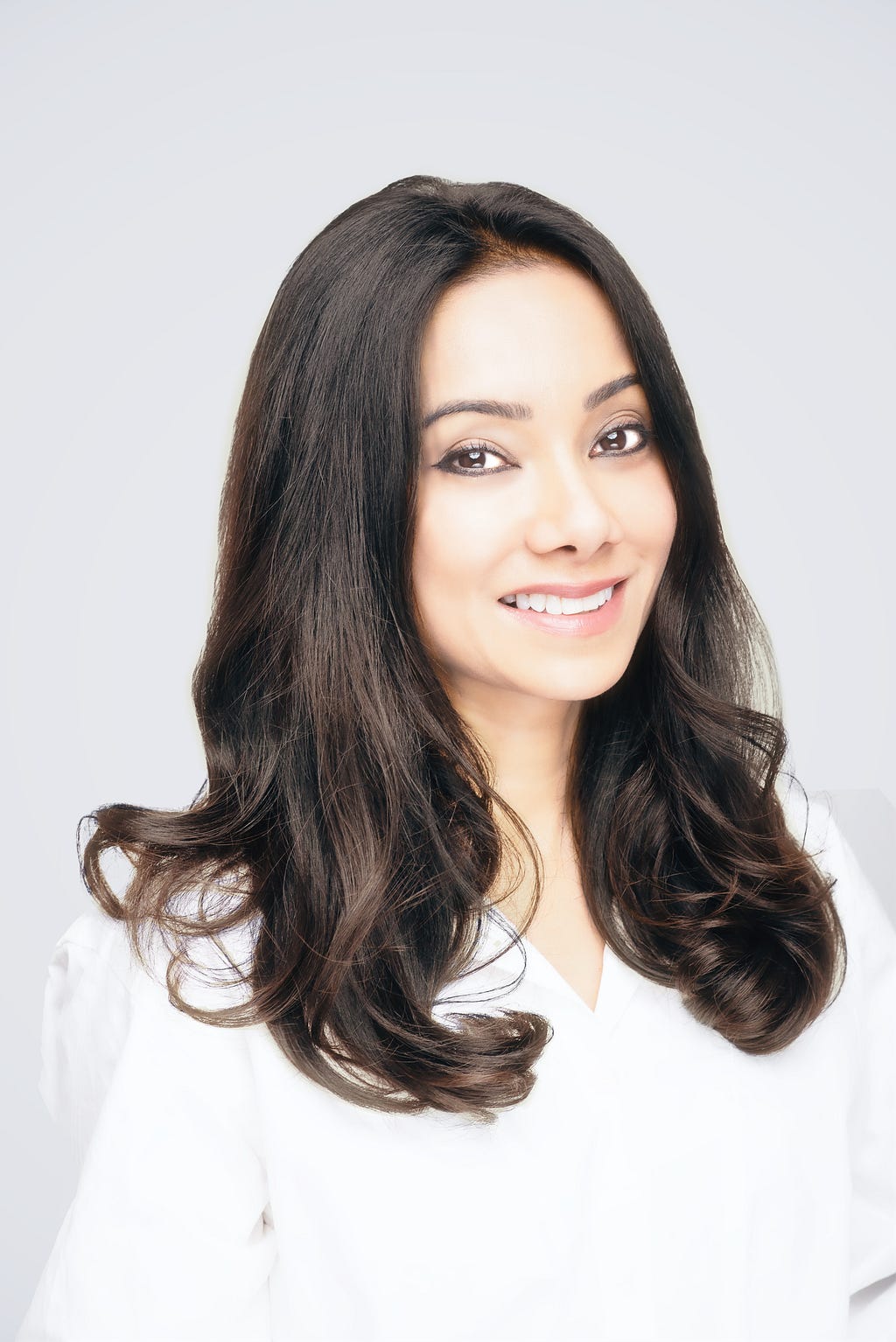
Confront Your Fantasy Bubbles: The one thing I find to be so real in my appreciation of humanity is the suffering of people. And time and again, I am learning that suffering is directly linked to people’s fantasies and the gap those fantasies have with reality. Think about what fantasy bubbles you have created for yourself and if you have too many. If you have too many you have in effect created polka dots and those polka dots become noise because at the end of the day, you can’t focus. The opportunity is to make those Fantasy Bubbles into ideas through the use of collaboration and building coalitions for your fantasies. Coalitions around fantasies become ideas. Ideas change people and people change the world.
As a part of my series about the women in wellness, I had the pleasure of interviewing Amrita Sen.
RoundGlass Living’s Music for Wellbeing lead, Amrita Sen, is a U.S.-based singer, artist, film producer, and designer of Indian-themed music, products, and entertainment for global audiences. In addition to serving as lead to the music category, she also composes music, sounds, beats, and moving art to support the dynamic platform. Her influences derive from classical piano, strings, and flute with a fundamental grounding in both Western Classical and North Indian motifs. Her longform melodic music is scored and accompanied by moving art drawn by Amrita from her various art collections.
Thank you so much for joining us in this interview series! Our readers would love to “get to know you” better. Can you share your “backstory” with us?
I’m passionate about working in design, film production, and entertainment — but music has always been at the center of my creative process.
I’ve been a professional world music playback singer and musician for over 10 years and in 2009 I performed at the Academy Awards with music legend AR Rahman, singing Jai Ho from the Oscar-winning movie, Slumdog Millionaire. I’ve been lucky enough to perform and record with several global artists and groups including Justin Timberlake, Weezer, Timbaland, Pitbull, and the LA Philharmonic. Recently, I scored and performed in Leonardo DiCaprio’s HBO climate change documentary Ice on Fire.
I like to also work with my hands. My Bollydoll art collection was featured during Miami Art Week 2011 (when Art Basel Miami Beach descends on the city), presented by Timbaland. I’ve also created a variety of design collaborations with Mac Cosmetics, Barnes & Noble, and Pier 1, to name a few.
So you can imagine how delighted I was to lead RoundGlass Living music, it allows me tap into my passion for music and design. Creating new music for meditation and healing is fascinating. The history of music tells us a story of how different rhythms, frequencies and sounds affect our physical, emotional, and spiritual wholistic wellbeing. Collaborating with RoundGlass and leading its Music for Wellbeing is quite personal for me having been healed and seen others heal from music.
Can you share the most interesting story that happened to you since you started your work with RoundGlass? What were the main lessons or takeaways from that story?
The most interesting observation I have had is how invested RoundGlass is in music. Music is part of more than half the pillars of Wholistic Wellbeing — from mental, physical, social to community and spiritual. Its vibrational form supports our lifeforce. I started my collaboration with RoundGlass thinking I would be doing my own thing in a department that was not necessarily integrated with the rest of the company. But very quickly, I realized that I had an army of advocates who themselves had remarkable ideas that we could incorporate into our offering. For instance, I never thought that trance music had a place in the genre of wellbeing music until the Global Head of Mental Health and Wellbeing with RoundGlass, Prakriti Poddar, suggested we try it. Today, the trance piece, “Liquid Metal” is our most viral piece. It reflects that our demographic for Wholistic Wellbeing music is broader and more diverse than we think.
Can you share a story about the biggest mistake you made when you were first starting in your musical career? Can you tell us what lesson you learned from that?
The biggest mistake I made was not leaning into the specific skill that differentiated me from everyone else — it’s something I call my unique atom particle identifier. That specific skill is my ability to do a vocal that combines my western classical operatic training with my training in Indian classical with an emphasis on Ghazals from the Northwestern region of India and my knowledge of Bengali music. People oftentimes ignore skills that are so specific because it may seem silly at first. And that’s exactly what I did. I ignored it. I assumed it was too narrow and didn’t realize how to convert a narrow skill into something that I could leverage as an artist and composer. But the realization I had much later in my life is that, at the end of the day, a good vocal is just a well-tuned instrument, and a well-tuned instrument needs to be played with and experimented with. The more you experiment and practice, the more directions it can take and the more music and art you can bring to the world. A good vocal is an opportunity to create a new piece of original art that cannot be erased from history.
Let’s jump to our main focus. When it comes to health and wellness, how is the work you are doing with RoundGlass helping to make a bigger impact in the world?
I’m very excited leading RoundGlass Living’s Music for Wellbeing category. RoundGlass is a global Wholistic Wellbeing company dedicated to empowering people on their personal wellness journey and we’re expanding the music offerings on its new RoundGlass Living App.
The Music for Wellbeing was created to enhance the app’s immersive meditation experience. It includes originally composed musical stories to inspire and help users on their personal journey to Wholistic Wellbeing.
To bring a variety of sound palettes to the category, we have invited composers and artists from different genres to collaborate with us. To start we have multi-platinum mega-producer and 3X Grammy Award winner Jerry Wond, who has created a unique musical journey called “Wondaland”. It’s a series of six long form and short version compositions customized to fit the mood of those on the path to wellbeing. Jerry’s work brings together world music, exotic vocals, Caribbean influence, and a multi-language format to immerse the listener in healing and meditative vibes.
Can you share your top five “lifestyle tweaks” that you believe will help support people’s journey towards better wellbeing? Please give an example or story for each.
Walk and Talk or Fitness & Mindfulness: I read a book called Geography of Genius that validated a working theory I have had for a long time — the best ideas, whether they be left brain or right brain — happen during times of spiritual movement. Spiritual movement CAN and WILL happen with walking and talking. Try it. It works! If you are stuck, go outside, walk with a friend, and talk it out. Your idea will come closer to some sort of horizon even if you don’t want it to!
Yoga, Fitness, Martial Arts and more: You simply can’t ignore your body. It just doesn’t work. The mind, the body, and the self. The body needs movement.
Knowledge and Wisdom: There is no such thing as going into a corner and divining inspiration. It is a fallacy. Very few creators operate this way. Most people who do creative things share and collaborate.
Confront Your Fantasy Bubbles: The one thing I find to be so real in my appreciation of humanity is the suffering of people. And time and again, I am learning that suffering is directly linked to people’s fantasies and the gap those fantasies have with reality. Think about what fantasy bubbles you have created for yourself and if you have too many. If you have too many you have in effect created polka dots and those polka dots become noise because at the end of the day, you can’t focus. The opportunity is to make those Fantasy Bubbles into ideas through the use of collaboration and building coalitions for your fantasies. Coalitions around fantasies become ideas. Ideas change people and people change the world.
If you could start a movement that would bring the most amount of wellness to the most amount of people, what would that be?
To embrace music as an integral part of your overall wellness journey. I think many people don’t realize the critical role that music plays in how we feel — and not just music but sounds. There are sounds that when brought together can impact us in ways we never would have imagined. Studies in scientific journals even find that specific sounds have the ability to target disturbances in the body like inflammation, sleep issues, stress and anxiety, indigestion or healthy eating, breathwork, mindfulness, and many more.
Music for Wellbeing in the RoundGlass Living app addresses these and more. The diverse soundscapes are so important to having an immersive meditation experience and helping us to create our own happiness, health, and peace of mind.
I’m also thrilled to be collaborating with Prakriti Poddar, the Global Head of Mental Health and Wellbeing at RoundGlass, as we dive into the connection between music and wellness.
What are your 3 Things I recommend to anyone starting at a new wellness career??
Be clear in your intentions and words. The wellness journey is deep, but you need to stay clear. That’s what I love about RoundGlass Living is that it isn’t esoteric. It makes Wholistic Wellness a less complicated journey.
Always aim to get along with everyone in the workplace. That will bring so much joy to you. Even if you think you are right, you don’t want to be right in the wrong way.
Don’t fall in the corporate hamster wheel. Remember you’re in the business of wellness, so it’s important to still stay well. Work hard but also work well.
Sustainability, veganism, mental health and environmental changes are big topics at the moment. Which one of these causes is dearest to you, and why?
Mental health is a crisis around the world. We have got to get a grip on how to give people a better sense of community. If we don’t, we will have more false religions popping up all over the place. Community is a tried and true path to joy. It works! This is why I’m so thrilled to be a part of the RoundGlass community. This is why Sunny Singh created it. RoundGlass’ mission is to bring people together and establish a sense of community and support.
What is the best way our readers can follow you online?
You can learn about RoundGlass Living’s Music for Wellbeing at Living.Round.Glass or follow on Instagram, Twitter, Facebook, and LinkedIn. You can Download the app in the AppStore or GooglePlay.
Thank you for these fantastic insights!
Women In Wellness: Amrita Sen of RoundGlass Living On The Five Lifestyle Tweaks That Will Help… was originally published in Authority Magazine on Medium, where people are continuing the conversation by highlighting and responding to this story.


